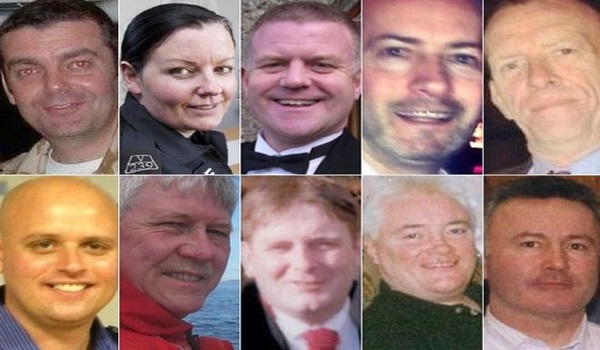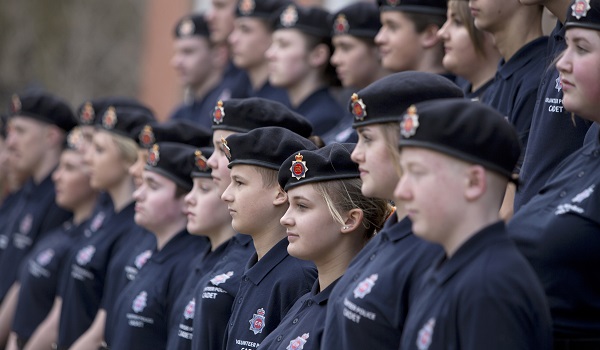Death crash helicopter pilot 'misled' by manual error
The pilot of a Police Scotland helicopter that crashed into the roof of a Glasgow bar in November 2013 may have been “dangerously misled” by an error in a maintenance manual, a fatal accident inquiry (FAI) has heard.
David Traill, an experienced pilot who had spent 646 hours at the controls of an EC135 helicopter such as the one involved in the accident, died along with two crew members and seven customers in the Clutha bar.
The inquiry had earlier heard that Mr Traill had received a series of low fuel warnings during the aircraft’s final journey. The helicopter’s warning unit had two indicators of note in relation to the fuel. They were ‘Low Fuel 1’, which related to the level of fuel in the tank supplying the left engine, and ‘Low Fuel 2’, which covered the right engine.
During the final flight Mr Traill received and acknowledged five fuel warnings – three intermittent Low Fuel 1 warnings before a fourth, which remained on for the rest of the flight. He also received a Low Fuel 2 warning, which he acknowledged. It also remained on for the remainder of the journey.
Every time a fuel warning illuminated on the helicopter’s dashboard it should have been accompanied by an ‘audio gong’, which would be heard by anyone on board. The warning must be acknowledged and suppressed by pressing a button.
However, it emerged that while the maintenance manual said a pilot would have three to four minutes from one engine on the helicopter flaming out due to fuel shortage and the second doing so, text should have been referring to kilograms of fuel rather than minutes. In reality, the time between engine flameouts would have been a minute.
Marcus Cook, senior inspector at the Air Accidents Investigation Branch (AAIB) said: “The maintenance manual is incorrect. It would be three to four kilograms – hence about a minute.”
The manual has since been changed.
Mr Cook said the first low fuel light, of five fuel warnings, would have come on when the pilot was around Bothwell, which is about 11 road miles from Glasgow city centre, and at that time he would have been expected to land within ten minutes.
Mr Cook added that the a would have had 40 seconds to react when the first engine flamed out. When the second engine followed, there would have been less than ten seconds to react. He said there were indications that Mr Traill attempted to have the helicopter auto-rotate to land with some degree of safety, but this did not work.
Mr Cook told the hearing he would have expected the pilot to make a PAN call – which would have indicated he had a fuel issue – “long before the final stages of the flight”.
He said: “The one thing you always keep an eye on is how much fuel you have on board, how much endurance you have available.”
Mr Cook said that if a pilot believes he is going to go below final fuel reserve he should make a mayday call, adding police helicopter pilots had an “acute fuel awareness” due to the non-routine nature of their work.
He added that the pilot was instructed on the technicalities of the helicopter’s fuel system during his initial conversion training in 2008. This included the requirement to land within ten minutes of a low fuel warning.
The purpose of the FAI is to determine the cause of the deaths, establish whether they could have been prevented and enable the Sheriff to make recommendations that could prevent fatalities in similar circumstances.
More than 100 people were at the Clutha Vaults pub when the helicopter, returning to its base on the banks of the River Clyde, crashed through the roof. The inquiry is expected to involve around three months of evidence spread over six calendar months this year. The hearing will resume on April 17.







